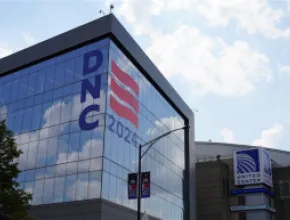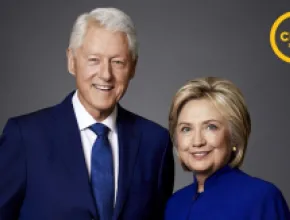Perhaps even more so than those who plan meetings for other types of organizations, government meeting planners are heavily guided by perception issues, market trends, sustainability concerns and other factors when making site decisions.
According to Charles Sadler, executive director and CEO of the Society of Government Meeting Professionals (SGMP), government planners are once again considering all cities and lodging sectors for their meetings. The post-financial crisis days of blacklisted cities are over, with such destinations as Las Vegas, Orlando, San Francisco and Atlantic City back in the running for government business.
"Congress passed legislation that cities could not be blacklisted from receipt of RFPs by the federal government," Sadler says. "That’s over."
He notes that government planners are increasingly making site decisions based on sustainability considerations, with destinations, hotels and other venues more likely to win government contracts if they have green standards.
"Guidelines for sustainable meetings are in the fore for federal meetings," Sadler says. "While there is no law regulating green practices such as performing tasks online, mandating the kind of transportation you use and so on, there can be advantages for suppliers who do promote their green practices."
According to Jim Zukowski, a Texas-based independent planner and director of the SGMP national board, government planners continually face challenges in finding good space and rates for per diem clients. As a result, these planners tend to be loyal to those who have served them well during any economic climate.
"Second-tier cities like Norfolk, where SGMP is meeting in June, are more willing to work with government markets," he says. "Last year we were in Kansas City. These destinations are examples of cities that do a great job for our sector.
"In most every city, even the major cities, everything is negotiable," he continues. "You just have to pay attention to everything on your list. Some might give you a fantastic room rate then ding you on F&B or something else. This is especially true at highly unionized destinations. It might be so bad your sponsors can’t afford to pay for a breakfast."
Zukowski observes that state government groups, which tend to be particularly rate sensitive, are doing more hybrid meetings these days as a way for attendees to save on travel costs. For an increasing number of attendees, a meeting with a virtual component provides a way to still participate and get educational credit, he says.
Another trend with a noticeable impact on government meetings are shrinking booking windows, according to Rob Coffman, deputy director of the Office of Conference, Event and Meeting Services for the U.S. Department of the Treasury in Washington, D.C.
"Some agencies may have done their planning three to six months out, but that’s sometimes been reduced to only 30 days for even a 300-person meeting today," he says. "The reason for this is usually financial at either the federal or state level. You don’t know if you have the funding in place until the last minute, so when you get authorization, you run with it."
One result of this tighter time frame is that more flexibility is required on the part of planners, Coffman notes.
"In the past, government planners sometimes overlooked the common practices of corporations and were less flexible," he says. "The present situation has forced government people to be more flexible on dates and rates, and this is helping them find more favorable rates."





